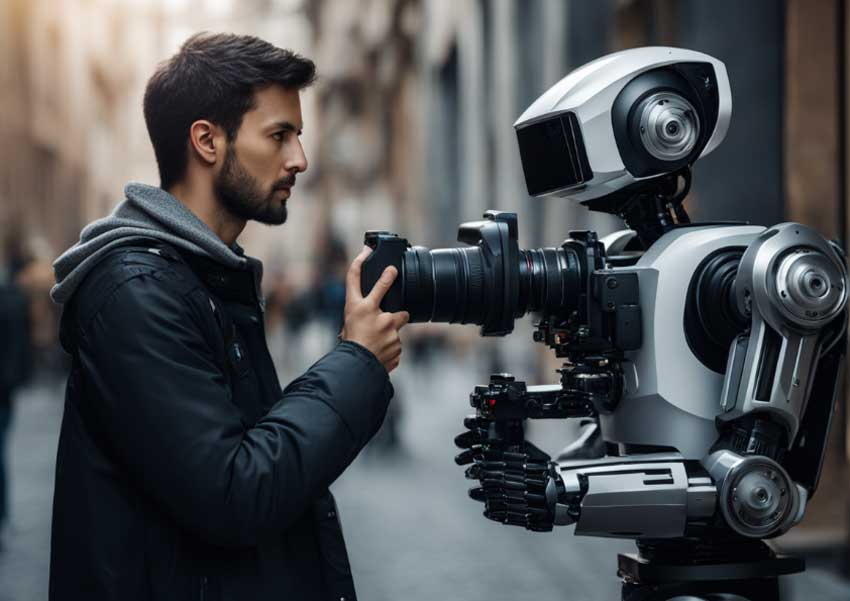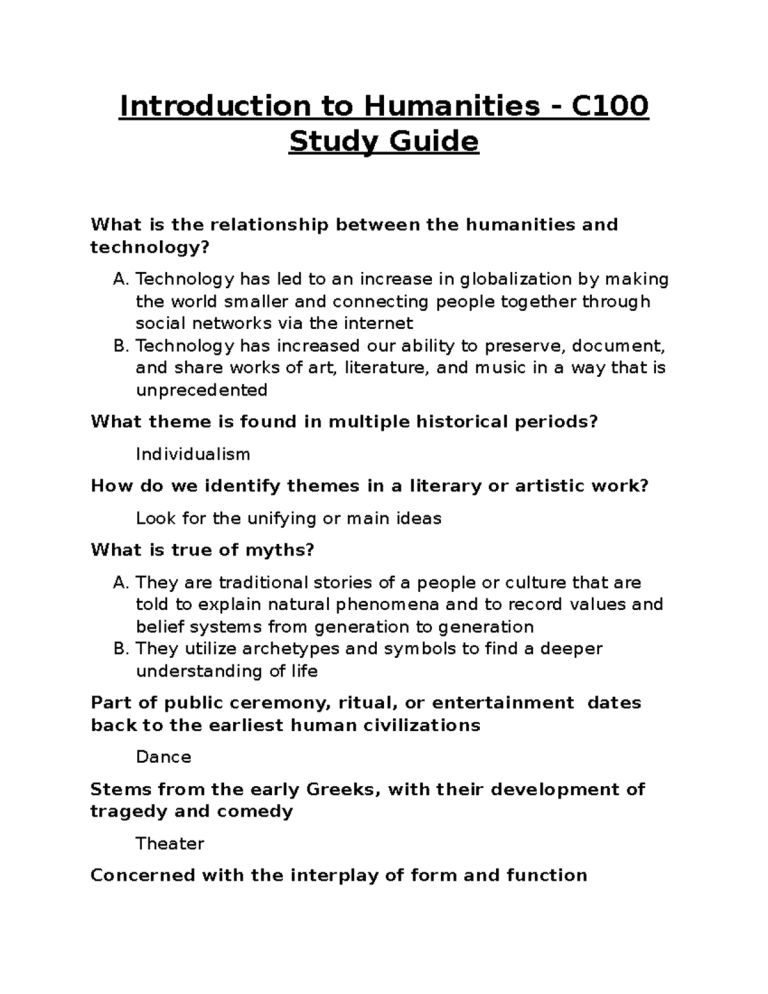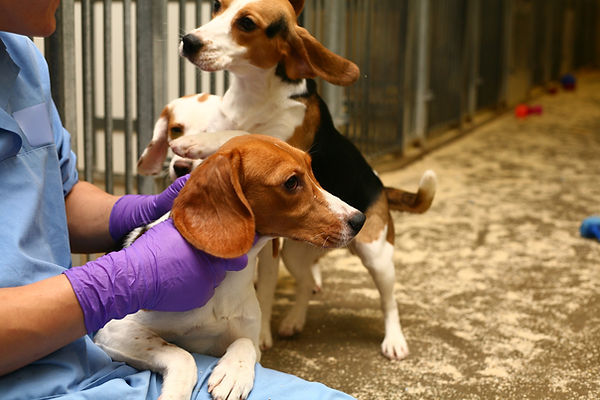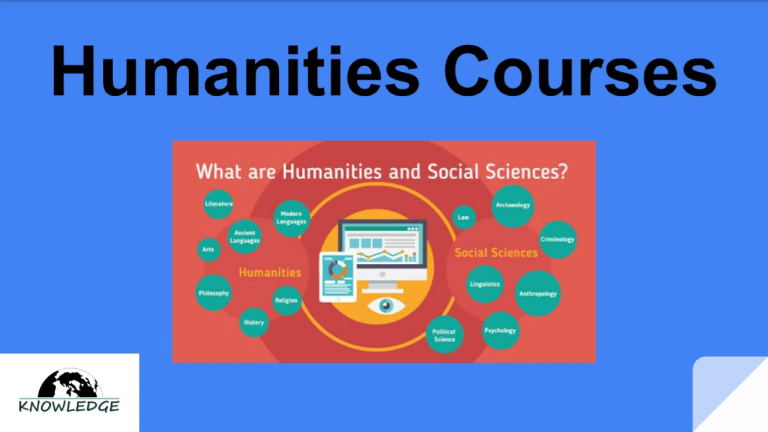AI in photojournalism represents a fascinating intersection of technology and storytelling, providing both challenges and opportunities for visual journalism. As AI tools evolve, they threaten the very fabric of trust that underpins photography, raising concerns over copyright violations and the proliferation of synthetic images. Yet, amidst these challenges, innovators like Kira Pollack are exploring how artificial intelligence can be harnessed to preserve invaluable photo archives, documenting historical perspectives that might otherwise be lost. This proactive approach could help mitigate the impact of AI on photography while enhancing the organization and discoverability of visual storytelling. By combining photojournalism and technology, we can navigate the complexities of contemporary media landscapes and safeguard the authenticity of visual narratives for future generations.
The integration of artificial intelligence into the realm of visual journalism is reshaping the landscape of how photographers document and preserve significant events. This technological evolution presents a dual-edged sword, as it offers innovative means to manage vast photo archives while simultaneously posing threats to the integrity of visual representations. Kira Pollack’s exploration into the impact of AI on photography seeks to address the pressing challenges that arise from this shifting paradigm. By focusing on the balance between leveraging advancements in photojournalism and maintaining ethical standards, Pollack advocates for a future where technology serves to enhance rather than replace authentic storytelling. Through this lens, the dialogue surrounding photojournalism challenges becomes crucial in delineating the responsibilities of modern visual storytellers.
The Role of AI in Preserving Photo Archives
Artificial intelligence is poised to revolutionize the way we manage and preserve photo archives, particularly those of photojournalists who document historical events. As Kira Pollack points out, AI offers a unique capability to scan, categorize, and interpret large volumes of visual data that would be impossible for a human to sift through in a timely manner. By utilizing advanced algorithms, AI can help archivists create a structured database of images, making it easier to access photographs that capture vital moments in history. This is increasingly important as many significant photo archives risk being forgotten or neglected, as only a fraction of these images have been published or viewed.
Moreover, AI can aid in contextualizing these images, providing metadata that enriches our understanding of the circumstances surrounding each photograph. For example, by analyzing emotional expressions or identifying key elements within the frame, AI can generate insights that enhance storytelling in photojournalism. These capabilities not only make archives more accessible but also preserve the intent and impact of the original work, ensuring that future generations can appreciate the nuanced narratives behind these historical snapshots.
Frequently Asked Questions
What is the impact of AI on photography and photojournalism archives?
AI holds significant potential in transforming photojournalism by offering innovative solutions for preserving vast archives. Kira Pollack’s work highlights how AI can help categorize and contextualize images, making them more accessible and discoverable while safeguarding the integrity of photojournalism. This dual role of AI addresses the critical challenge of protecting the visual history represented in photo archives and using technology ethically.
How can AI technology be used to preserve photo archives in photojournalism?
AI technology can be leveraged to digitize, categorize, and analyze photojournalism archives, uncovering unique details that might otherwise go unnoticed. For instance, Kira Pollack’s research involves using AI to identify complex features within photos, enhancing the understanding and preservation of photojournalism as a vital historical record. This approach aims to not only maintain the archives but also promote ethical usage without compromising the original works.
What challenges does photojournalism face with the rise of AI and technology?
Photojournalism faces various challenges due to AI and technology, including concerns about copyright infringement and the authenticity of images. The emergence of synthetic images can blur the line between fact and fiction, leading to a decline in public trust. Kira Pollack emphasizes the need to address these challenges by exploring how AI can preserve real photojournalism while maintaining ethical standards in the industry.
In what ways could AI help enhance storytelling in photojournalism?
AI has the potential to enhance storytelling in photojournalism by extracting deeper narratives from images and providing comprehensive analyses that go beyond simple captions. Kira Pollack’s projects illustrate how AI can highlight the emotional and contextual layers of photos, thereby enriching the viewer’s understanding and appreciation of photojournalism. This use of technology can create more immersive experiences by bringing photographers’ intents and stories to the forefront.
What are the ethical considerations of using AI in photojournalism?
The ethical considerations of using AI in photojournalism include protecting authorship, ownership, and the integrity of visual content. As Kira Pollack points out, it’s vital to navigate the potential risks of AI while harnessing its power to preserve and organize photojournalism archives. This involves ensuring that AI applications respect the rights of photojournalists and do not exploit their work for unauthorized purposes.
Can AI help restore public trust in photojournalism amidst its challenges?
AI could potentially help restore public trust in photojournalism by enhancing transparency and allowing for better organization of authentic journalistic images. While the rise of AI-generated images raises doubts about credibility, Kira Pollack’s research suggests that using AI to systematically preserve real photojournalism could reinforce the value of truth and visual documentation, thereby rebuilding trust in the medium.
What future possibilities does AI offer for addressing challenges in photojournalism and technology?
AI presents promising future possibilities for addressing challenges in photojournalism by improving the preservation of historical visual records and enhancing the contextual understanding of images. Kira Pollack’s exploration of AI’s role indicates a shift towards utilizing technology responsibly to benefit the photojournalism community, fostering innovation while respecting core values like truth and authorship.
| Key Point | Description |
|---|---|
| AI Threats to Photojournalism | AI technologies pose serious threats, including copyright violations and the blurring of reality with synthetic images. |
| Kira Pollack’s Vision | Pollack believes AI can help preserve the vast archives of photojournalism, ensuring a true visual record of the past. |
| Understanding AI’s Impact | Pollack emphasizes the need to understand AI’s capabilities and shortcomings in relation to photographic integrity. |
| Archival Challenges | Photojournalists’ archives are volatile and often inaccessible, with 95% of images remaining unpublished. |
| AI for Cataloging | AI shows potential for cataloging, contextualizing, and making photojournalism more discoverable. |
| Preserving Trust | There is concern over generative AI eroding public trust, but Pollack focuses on using AI to enhance and preserve real photojournalism. |
| Hope for the Future | Pollack aims to foster dialogue among experts to shape AI technology’s role in enhancing journalistic values. |
| Conclusion | |
Summary
AI in Photojournalism presents both significant challenges and transformative opportunities. Kira Pollack’s innovative approach highlights how AI can be harnessed to safeguard invaluable photojournalism archives while fostering public trust in visual media. By exploring the dual nature of AI—its potential for creative disruption and its capacity for preserving truth—Pollack is paving the way for a responsible future where artificial intelligence complements rather than compromises the integrity of photojournalism.




